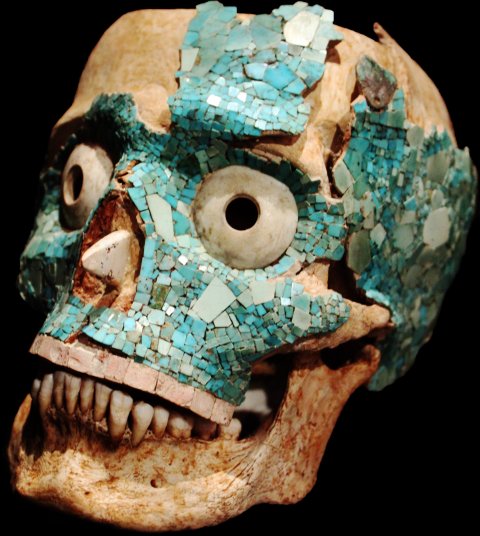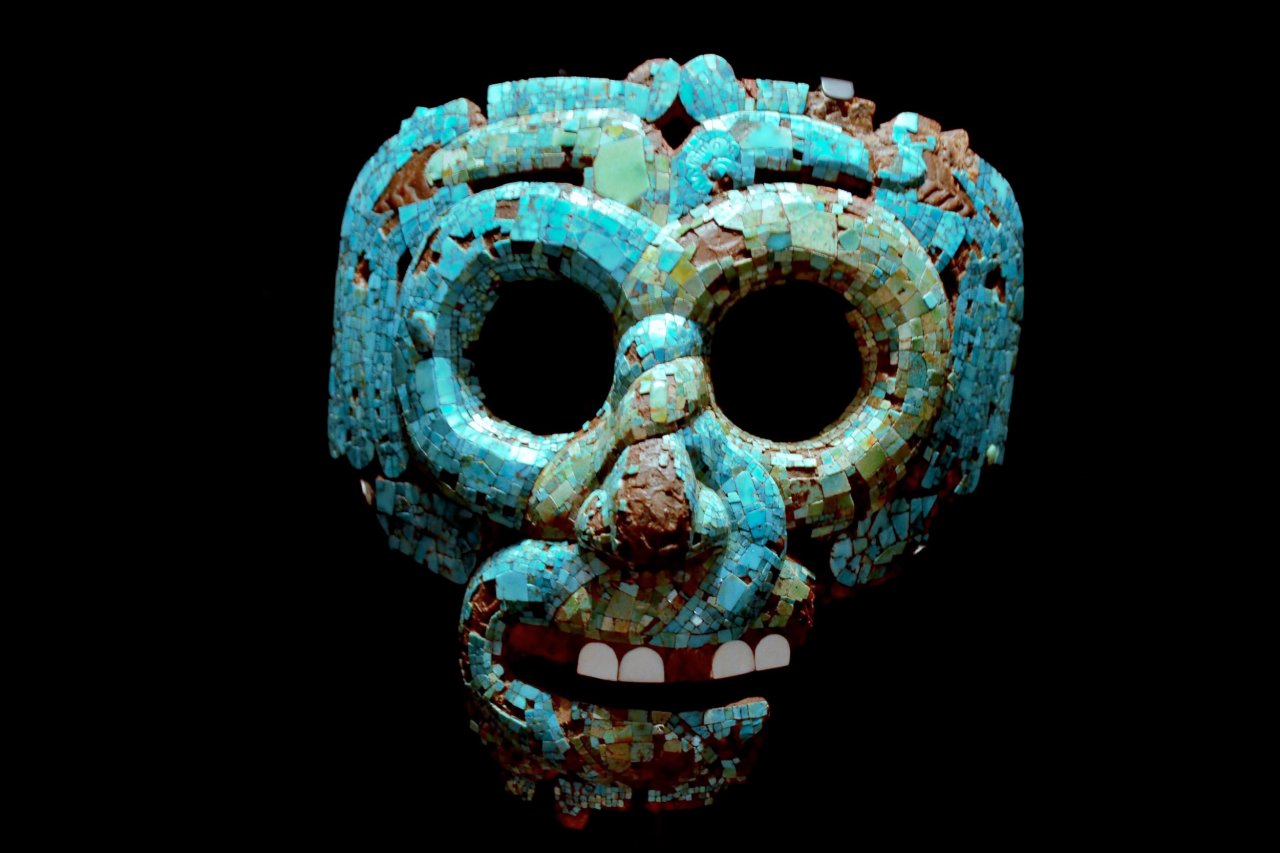Researchers believe they have identified a likely cause for a 16th-century epidemic that decimated a group of indigenous Mesoamerican people known as the Mixtec—and it's related to the bug that might give you food poisoning after a bad barbecue.
Beginning in 2004, researchers found and exhumed several bodies from the more than 800 buried in mass graves near a churchyard cemetery at an archaeological site called Teposcolula-Yucundaa. DNA from a strain of salmonella turned up in the remains of people who died during this epidemic—specifically, in the pulpy part of their teeth.
During this epidemic, called the cocoliztli or "pestilence," up to 90 percent of the population in central Mexico and Guatemala were killed. "This was a hugely devastating epidemic," Kirsten Bos, one of the paper's lead authors and a physical anthropologist at the Max Planck Institute for the Science of Human History, told Newsweek. "It was a cataclysmic population decline."

Bos and her colleagues published their findings Monday in Nature Ecology and Evolution. (A copy of the paper was also shared in 2017 on an open pre-publication server, bioRxiv.)
The researchers drew from massive databases of bacteria that have already been genetically sequenced. Applying a technique called the Megan Alignment Tool, or MALT, in an entirely new way, Bos and her colleagues used these databases as the basis for identifying the microbes hiding in these ancient teeth. They matched the DNA sequences they found to sequences of DNA found in modern bacteria. Of the bacteria they could identify, salmonella was the only pathogen.
To confirm that it was really salmonella, the team had to reconstruct the entire genome. But reconstructing ancient genomes is not easy. DNA molecules degrade over time, so any excavated strands are often found only in short pieces.
"It's like a mirror that's been shattered, and you have to try to put it back together somehow," Bos said. Using salmonella-specific "baits," as she put it, the team went fishing for any pieces that might match the genome. Then they put the pieces together as you might for a jigsaw puzzle, using the modern salmonella genome as a scaffold for their pieces.
The strain of salmonella behind this ancient epidemic is genetically similar to the bacteria that cause food poisoning today. But that doesn't mean eating undercooked meat today will spark a superbug outbreak. "Small changes can have big impacts," noted ancient-DNA researcher Hendrik Poinar, lead researcher at McMaster University's Ancient DNA Center, who was not directly involved in the research. "All these strains are relatively similar, but it's not like it takes a tremendous amount of change for it to be particularly nasty."

The bacterium identified by Bos and colleagues is a variant of Salmonella enterica called Paratyphi C, which can cause a disease similar to typhoid fever. And the location of the bacterial DNA—in a person's tooth pulp—means the bug had entered the bloodstream, likely creating a septic reaction rarely seen in the antibiotic era. If the microbe was introduced by Spanish colonizers, which the researchers think is likely, the population's immune system was probably at a distinct disadvantage to begin with.
Uncovering Ancient Diseases
The novel and successful approach by Bos and her team opens the door to identifying the underlying cause for mysterious mass deaths throughout history. "We're really excited about what possibilities lie ahead," said Bos.
It's true that DNA isn't the only way to figure out what might have killed someone hundreds of years ago. Sometimes, clues on a skeleton can point to likely culprits. Tuberculosis and smallpox can both be obvious even without genetic sequences. In these cases, scientists might look just for the genetic traces of their prime suspect.
But such investigations can be slippery. The search can be easily biased by predictions. "You were looking for plague, you found plague, whoop-de-doo," Poinar said.
And sometimes they come up empty. Poinar and his team struggled to find smallpox DNA in the remains of a medieval mummy, "We were like, How can we not find smallpox?" he said. But they kept finding hepatitis B DNA, and experts told him that hepatitis B can cause a facial rash in children.
"Morphology can be misleading, and this is where these techniques come in handy," he said. Finally Poinar and his team concluded that the mummy did not die of smallpox but rather hepatitis B, as they reported in PLOS Pathogens earlier this month.
This new, MALT-focused method can step in where other evidence fails, especially because many illnesses leave no trace either in the corpse or in the history books. "There's only a handful of diseases that actually contribute to characteristic features on the skeleton," said Bos. "Or that we have a historical context to indicate that this was probably disease A or disease B."
The new work isn't completely definitive. There's a chance something else was actually behind the epidemic, Bos noted, though this bacterium is a strong candidate. And although the beginning of the end of the mystery around the cocoliztli epidemic may be nigh, plenty of other epidemics await ancient DNA experts like Bos—so many that she didn't want to name a specific application. "I don't want to pigeonhole myself," she said.
SaveSave
















